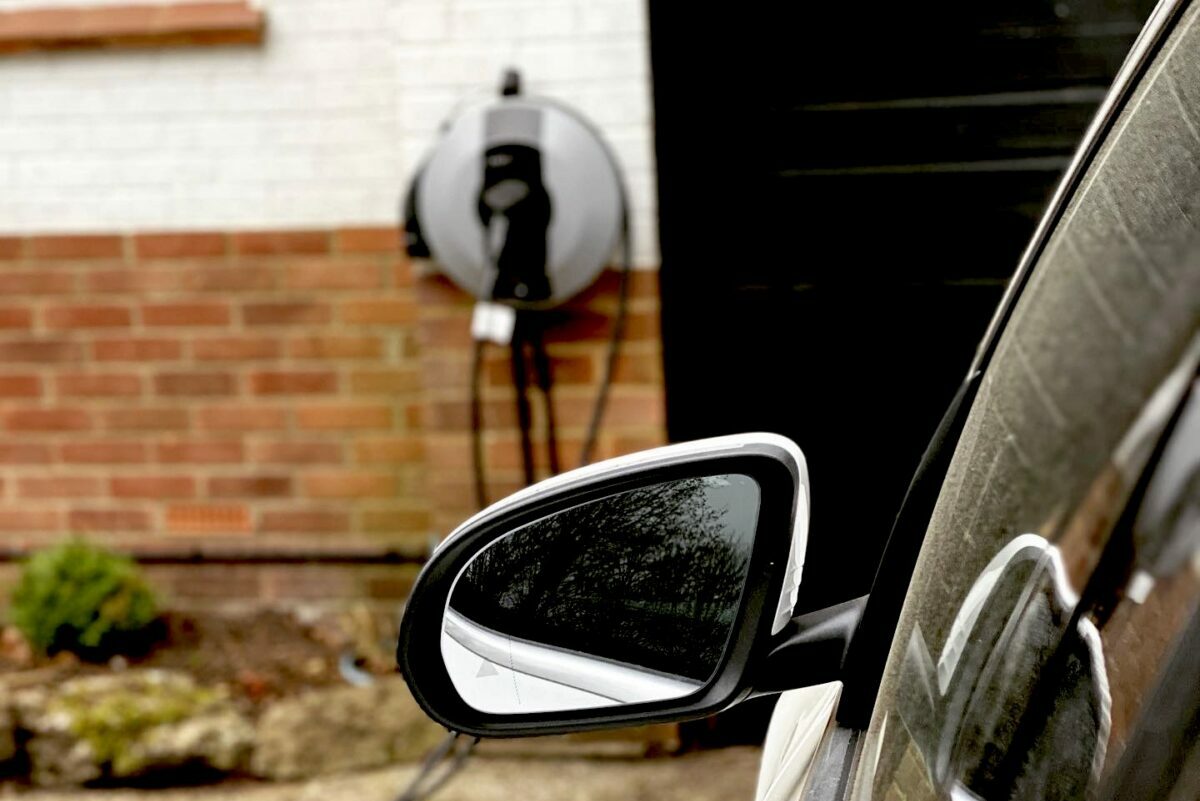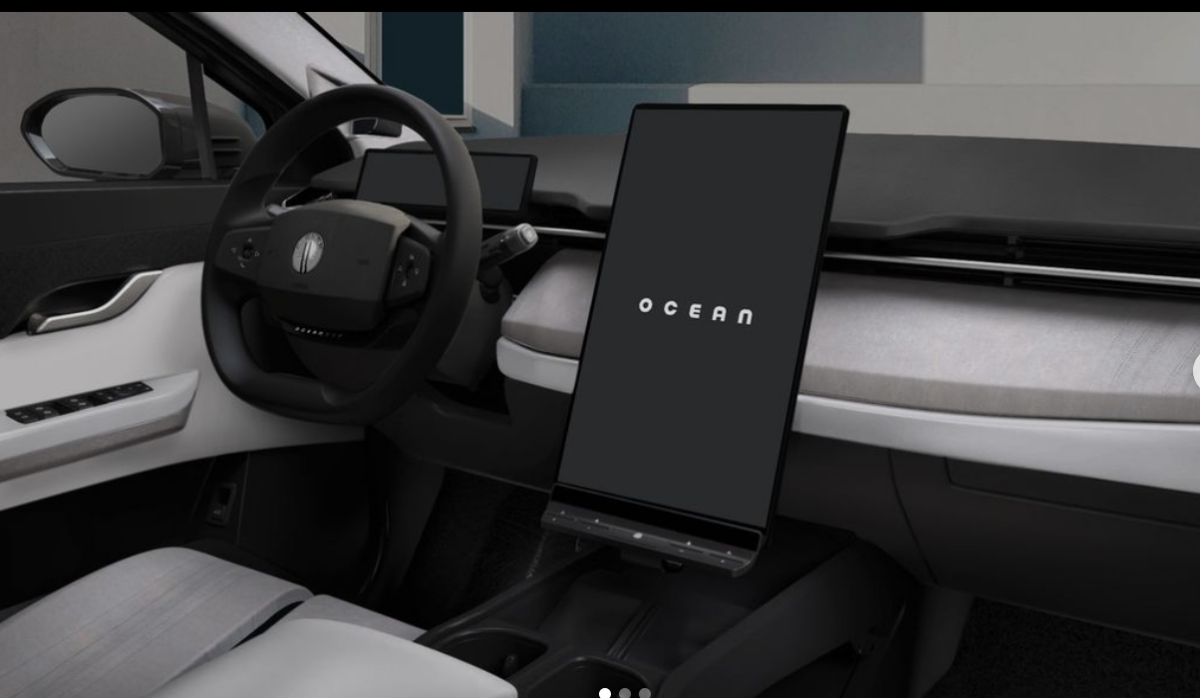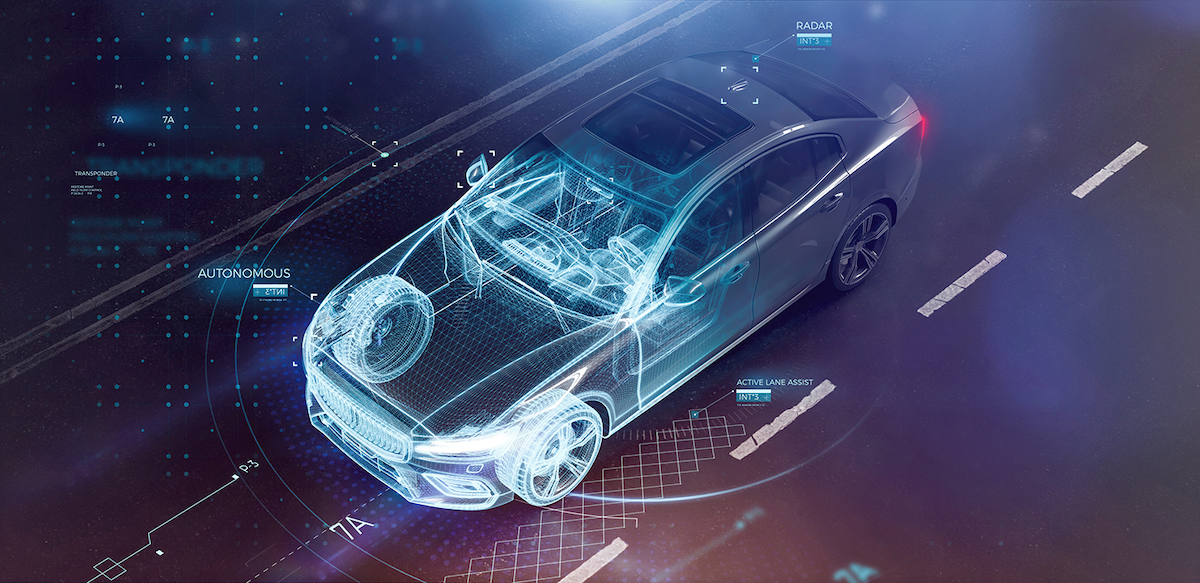The transition to electric vehicles (EVs) is a challenging path for automotive manufacturers. Long-established companies that have traditionally produced vehicles with combustion engines are now venturing into an entirely new realm of vehicle platforms. There are a number of key challenges facing the EV manufacturing industry, but the good news is that innovative solutions are on the horizon.
Ensuring sufficient space to build the new vehicles
As the production of EVs introduces new platforms, manufacturers face the complex challenge of plant capacity. Additional stations can be added to production lines to produce plug-in hybrid vehicles as they share some commonalities with internal combustion engine lines. For companies manufacturing full battery electric vehicles (BEVs), reusing existing lines is not an option due to the entirely different vehicle structure. They would need to establish a dedicated plant based on projected production volumes or the installation of a specialised line within an existing facility for BEVs.
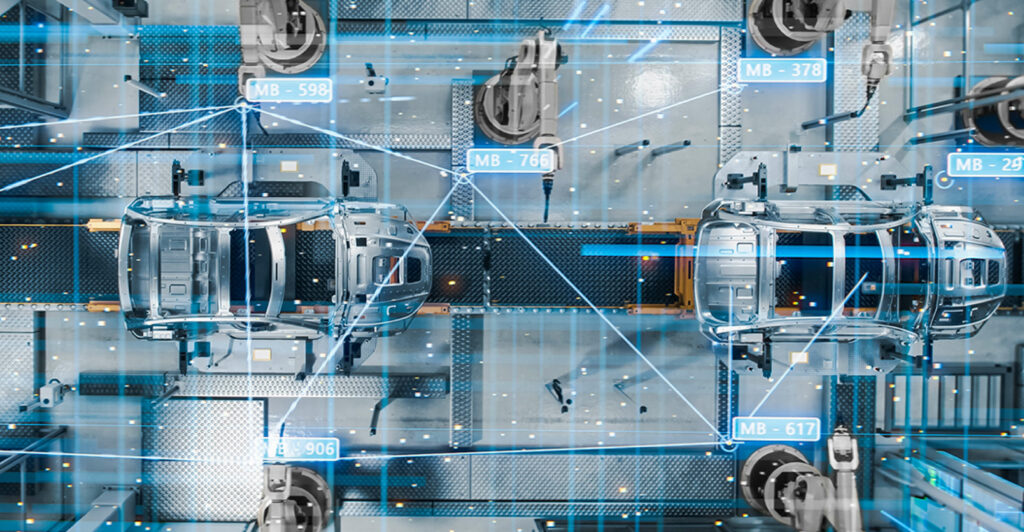
Automation offers a solution to optimise space utilisation, allowing automakers to maximise efficiency without the need for new facilities. Automation solutions can dramatically improve floor space utilisation by making it possible to store parts in ways that might be difficult for a human to reach.
Training the workforce for the future
The introduction of new vehicle platforms in the era of EVs requires different manufacturing processes, which means substantial capital investment. Many manufacturers continue to produce traditional internal combustion engines, adding complexity and cost, but it’s necessary given current market trends. While outsourcing the battery component may be an option, most major automakers prefer in-house production of critical elements, like internal combustion engines, for scalability and quality control. As it’s becoming clear that EVs are here to stay, major EV automakers will want to be less reliant on outside suppliers for such a critical vehicle element.
Another challenge is meeting the demand. Simply finding enough workers is hard enough—and on top of that, it’s necessary to give both new and existing workers specialised training, particularly for applications that deal with high-voltage electrical cable connections.
Automation and flexible manufacturing solutions can help free up workers from non-value-added tasks so that they can focus on reskilling. For example, autonomous mobile robots (AMRs) can take over the task of retrieving parts from shelving so that employees no longer need to waste time walking long distances to retrieve the parts manually.
Estimating levels of demand for the new vehicles
With EVs being relatively new to the market, the automotive industry lacks historical data that can reliably estimate the annual production volume needed to meet consumer demand for a particular EV model. As a result, these estimates are more of an educated guess at this stage.
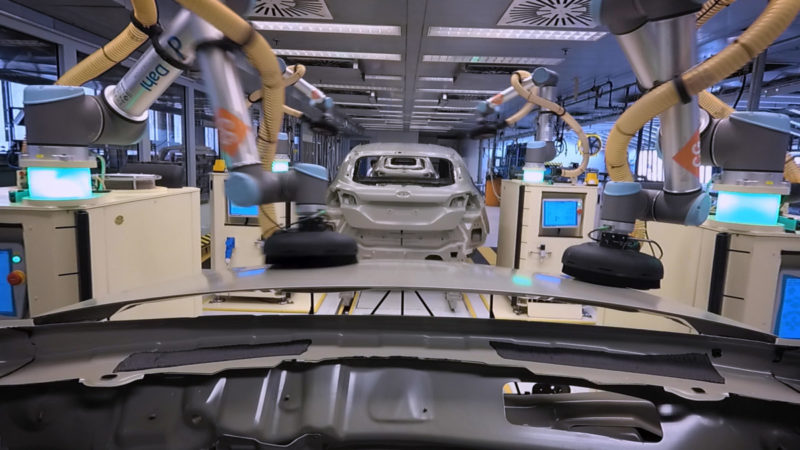
This means that EV companies’ production lines need to be very scalable and flexible. What might begin as a low-volume production could suddenly rise in demand. That demand could then peak very quickly. Such rapid shifts may call for retooling, and investment in more manpower, a new space dedicated specifically to the new vehicle, or all of the above. Flexible manufacturing solutions are designed to minimise the costs and downtime associated with vehicle changeover, manage innovation while continuing to support legacy needs, and help companies stay competitive in a rapidly changing market. This adaptability empowers automotive companies to remain competitive in a swiftly evolving market. For instance, collaborative robots can be easily adapted to a variety of tasks, helping to minimise equipment changeover.
EV production used to be seen as a distant possibility, but that is no longer the case. According to Reuters, the market for EV battery components is projected to potentially reach US$250bn by 2030. Automotive manufacturers must now tackle the challenge of meeting increasing demand while also fostering innovation.
The opinions expressed here are those of the author and do not necessarily reflect the positions of Automotive World Ltd.
Stanley Neilen is Industry Market Manager for Automotive at at OMRON, a leading player in the field of automation
The Automotive World Comment column is open to automotive industry decision makers and influencers. If you would like to contribute a Comment article, please contact editorial@automotiveworld.com
